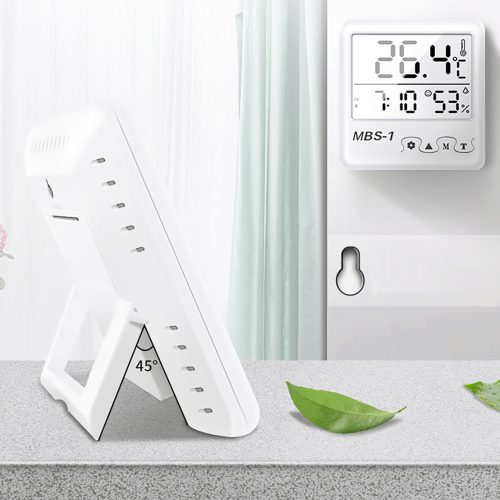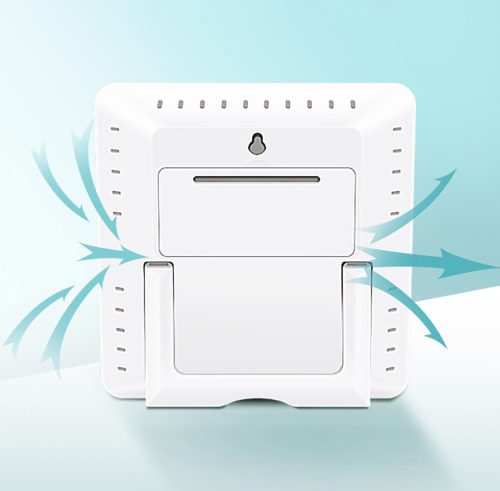Smart thermometers for smart homes are innovative devices that integrate technology to provide advanced temperature monitoring and control capabilities. These devices offer several features that enhance convenience, energy efficiency, and connectivity within smart home ecosystems. Here’s how smart thermometers contribute to smart home environments:
- Remote Temperature Monitoring: Smart thermometers enable users to monitor indoor temperatures remotely via smartphone apps or connected devices. This feature allows homeowners to check and adjust room temperatures even when they are away from home, ensuring comfort and energy efficiency.
- Programmable Temperature Settings: These thermometers often come with programmable settings that allow users to create customized heating and cooling schedules. They can set specific temperatures for different times of the day or rooms, optimizing comfort while reducing energy consumption when spaces are unoccupied.
- Integration with Smart Home Systems: Smart thermometers can integrate with other smart home systems, such as smart assistants (like Amazon Alexa, Google Assistant, or Apple HomeKit), allowing users to control temperatures using voice commands or through automated routines.
- Energy Efficiency and Cost Savings: By providing precise temperature control and scheduling, smart thermometers help optimize energy usage, leading to potential cost savings on heating and cooling bills. They can adapt to users’ preferences and adjust temperatures efficiently to maintain comfort while conserving energy.
- Usage Analytics and Insights: Some smart thermometers offer usage analytics and insights. They provide data on energy consumption, temperature trends, and suggestions for optimizing settings to improve energy efficiency and indoor comfort.
- Compatibility with HVAC Systems: Smart thermometers are often compatible with various heating, ventilation, and air conditioning (HVAC) systems, allowing seamless integration with existing systems in homes.
- Geofencing and Proximity Detection: Advanced smart thermometers can utilize geofencing and proximity detection to adjust temperatures based on the occupants’ presence or absence, ensuring energy savings when nobody is at home.
- Smart Alerts and Notifications: They can send alerts or notifications to users’ smartphones regarding temperature fluctuations, maintenance reminders, or when it’s time to change air filters, helping homeowners maintain their HVAC systems efficiently.
- Continuous Updates and Remote Control: Manufacturers often provide firmware updates for smart thermometers, adding new features and improvements remotely. Users can also control their home temperatures remotely, ensuring a comfortable environment upon arrival.
Smart thermometers are part of the ecosystem of connected devices in smart homes, contributing to increased comfort, convenience, energy efficiency, and the overall management of indoor environments. As technology evolves, these devices are likely to become more sophisticated, offering enhanced features and seamless integration with other smart home devices and systems.


